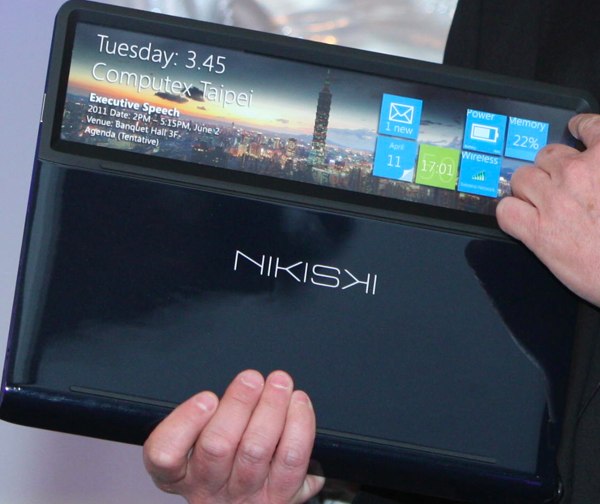New York based TxVia has been working in the prepaid space since 2008. They reportedly handle over 100 million accounts and have partnerships with some of the biggest brands in the world.
Google announced on their Google Commerce Blog last week that they’ve acquired TxVia. Google didn’t disclose any of the financials behind the deal.
Google’s VP of Wallet & Payments Osama Bedier said on the Google Commerce Blog:
“They’ve partnered with the industry’s best known brands, and their leadership team has played an instrumental role in defining the fast-growing prepaid card segment of emerging payments.”
Google is working relentlessly as of late, on refining the Google Wallet platform and trying to build scale as quick as they can before ISIS rolls out.

While Google has teamed up with the nation’s third largest carrier, Sprint, to roll out Google Wallet the other three carriers have teamed up to form ISIS another virtual wallet and checkout program. ISIS has been successful in partnering with not only three of the for major carriers but some of the largest payment partners as well. For instance, Google’s current POS partner for Google Wallet transactions is Mastercard’s Pay Pass. ISIS on the other hand, has secured Verifone for their POS transactions.
According to Google TxVia has a payment network that is fast and reliable.
It hasn’t been revealed what role TxVia will play in all of this. Gift cards and prepaid cards have always been in the plans for Google Wallet. It appears, that with this transaction, Google Wallet will be closer to rolling out more “funding” options for Google Wallet customers.
Source: Google Commerce Blog


